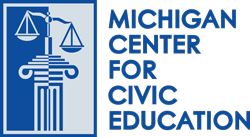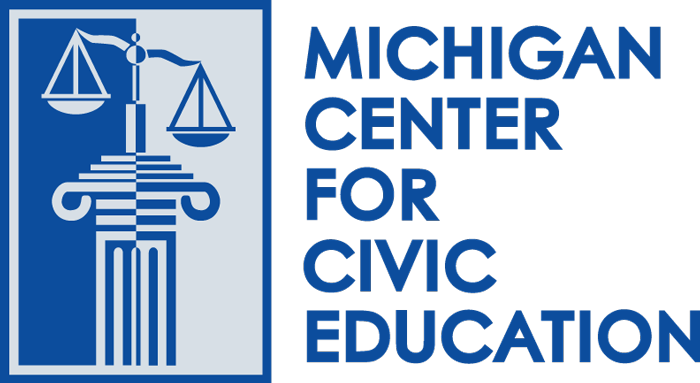This case summary provides teachers with everything they need to teach about Korematsu v. United States (1944). It contains background information in the form of summaries and important vocabulary at three different reading levels, as well a review of relevant legal concepts, diagram of how the case moved through the court system, and summary of the decision. This resource also includes nine classroom-ready activities that teach about the case using interactive methods.
Civics Lessons
Korematsu v. United States (1944)
The U.S. Constitution: Continuity and Change in the Governing of the United States
This unit examines continuity and change in the governing of the United States. Lessons one and two are focused on a study of the Constitution and Bill of Rights and provide access to primary source documents from the Library of Congress. Lesson three investigates important issues which confronted the first Congress and has students examine current congressional debate over similar issues. Lesson four features broadsides from the Continental Congress
Investigating the Departments of the Executive Branch
In this lesson, students learn about the role of bureaucracy in U.S. government; they then examine the history, leadership, organization, and goals of executive agencies.
The President’s Roles and Responsibilities: Understanding the President’s Job
Through these activities, students learn about the roles and responsibilities of the U.S. president and their own roles as citizens of a democracy.
What is the Role of the President in the American Constitutional System?
This lesson examines sources of presidential power and ways that checks and balances limit presidential power. Students explain the president’s constitutional responsibilities, identify checks on the president’s power, and defend positions involving the exercise of presidential power.

